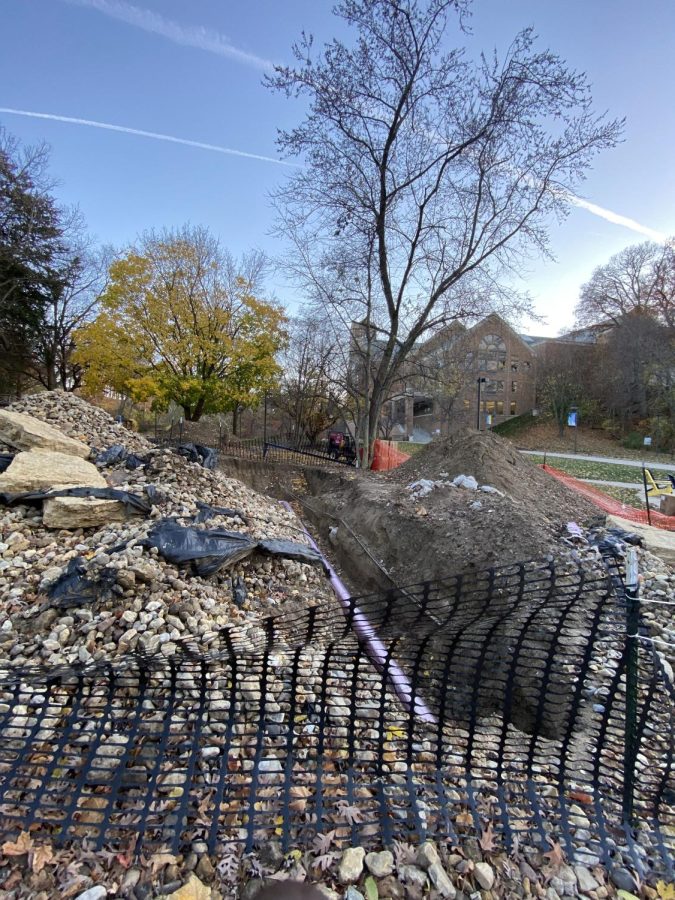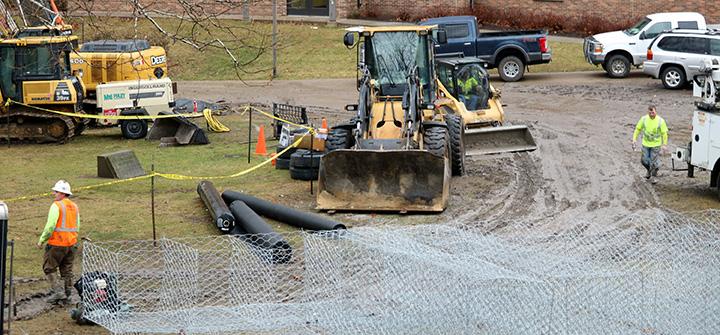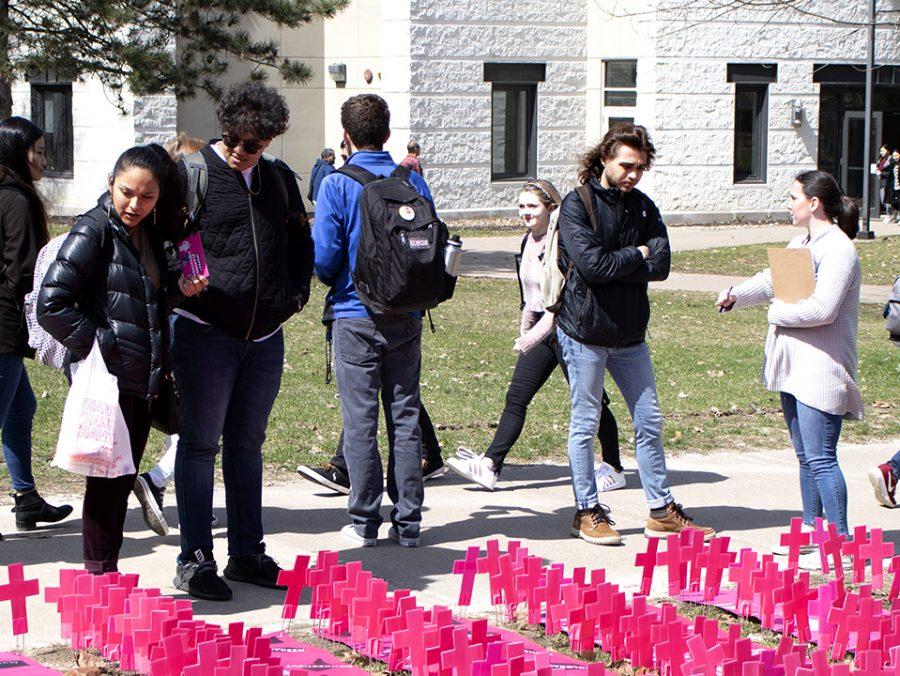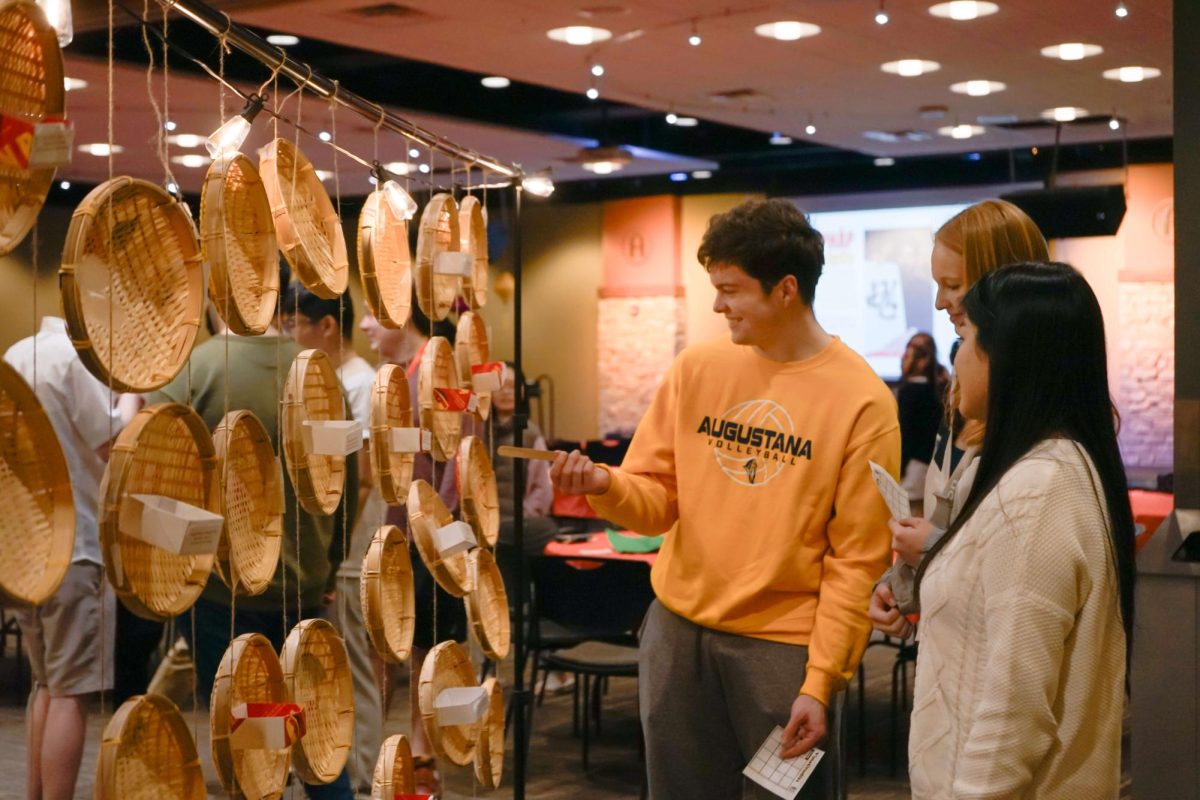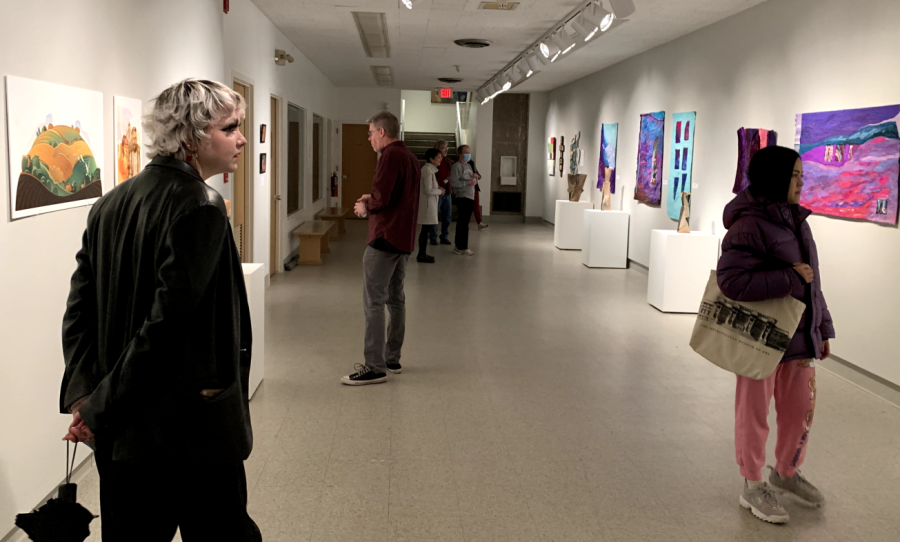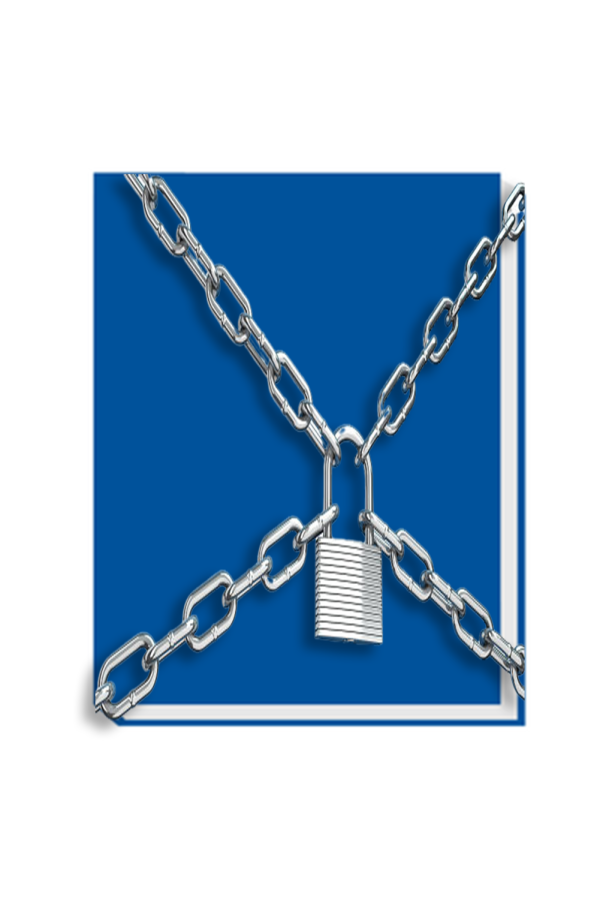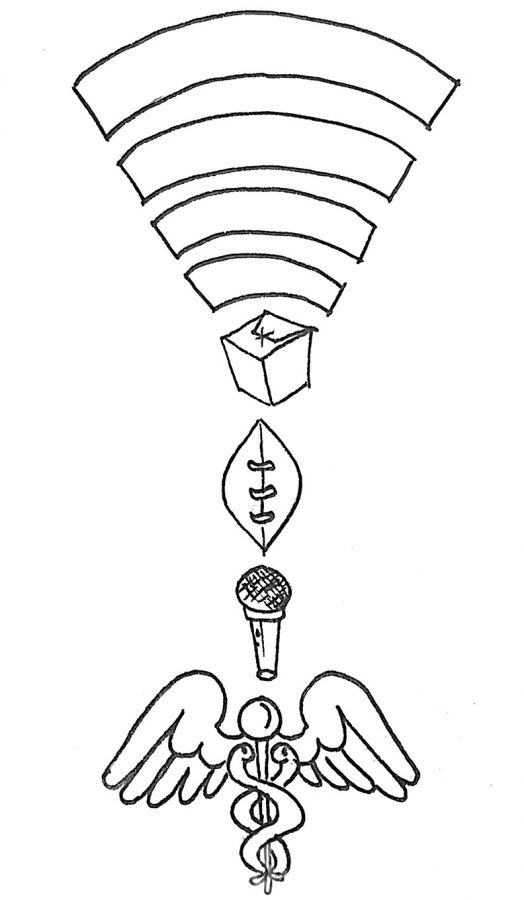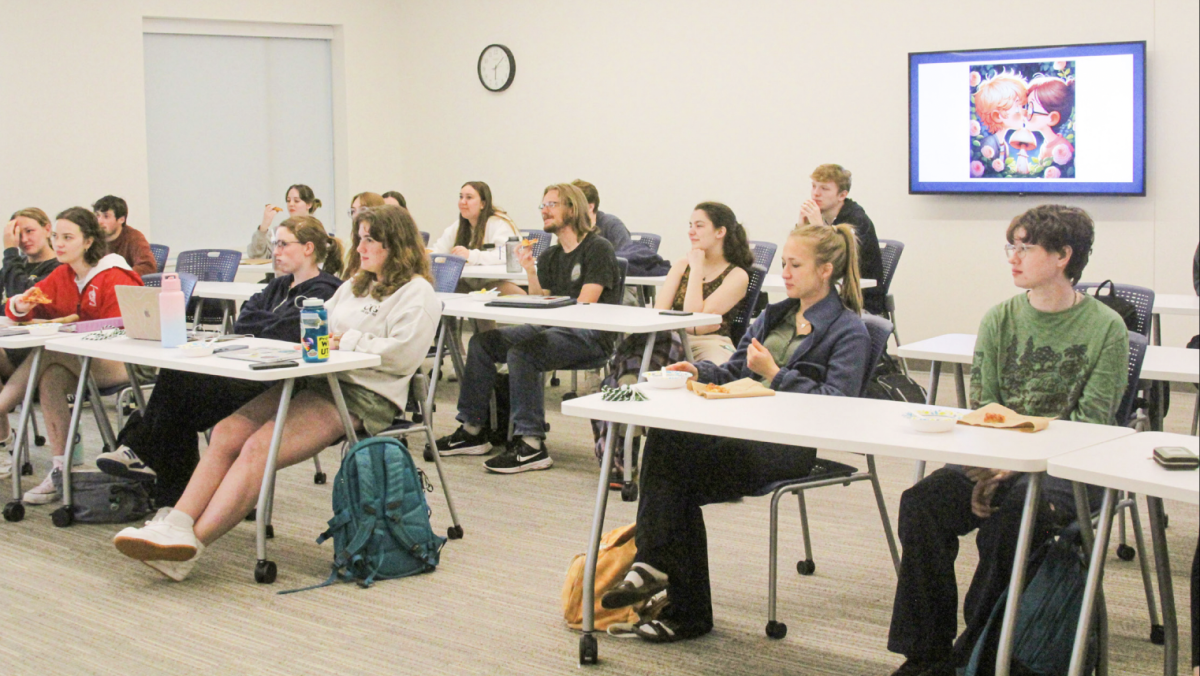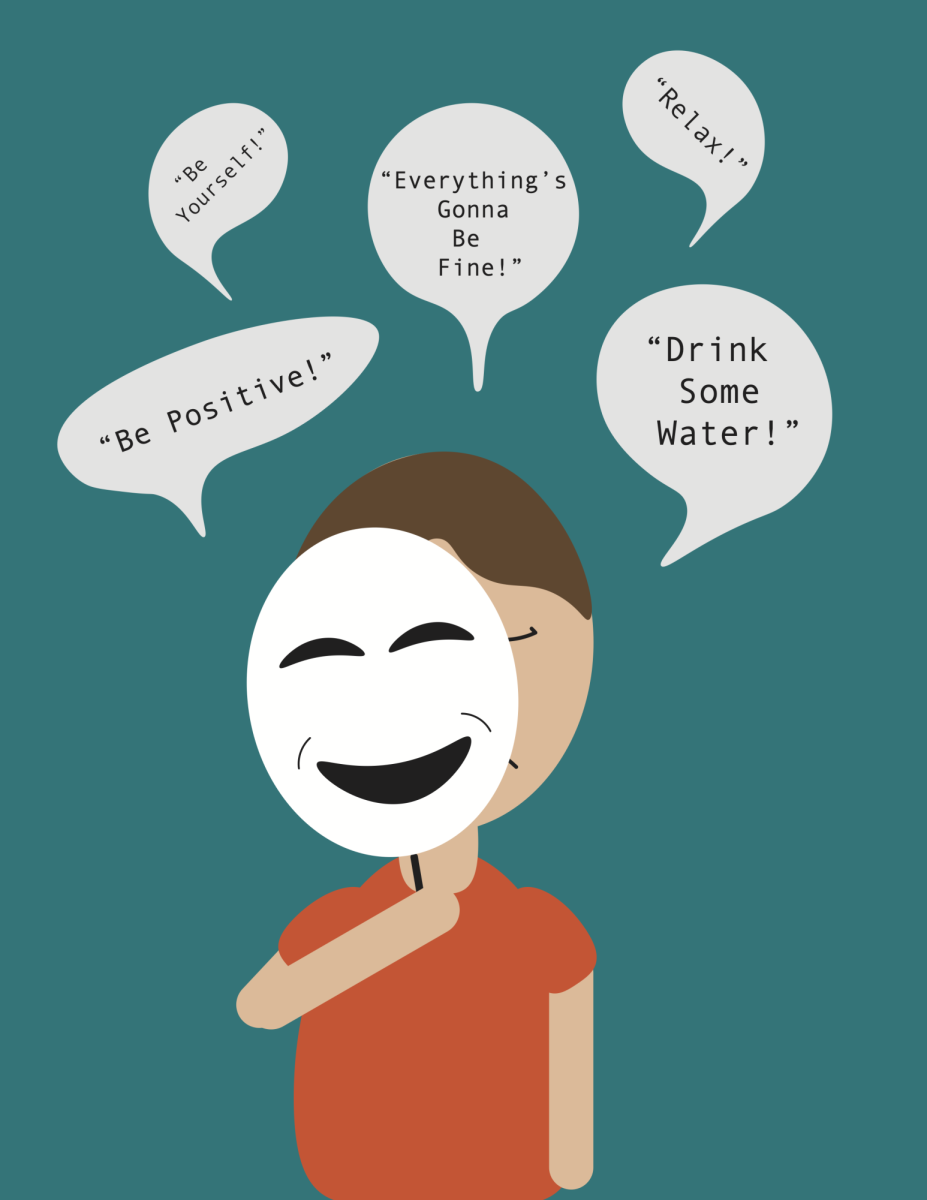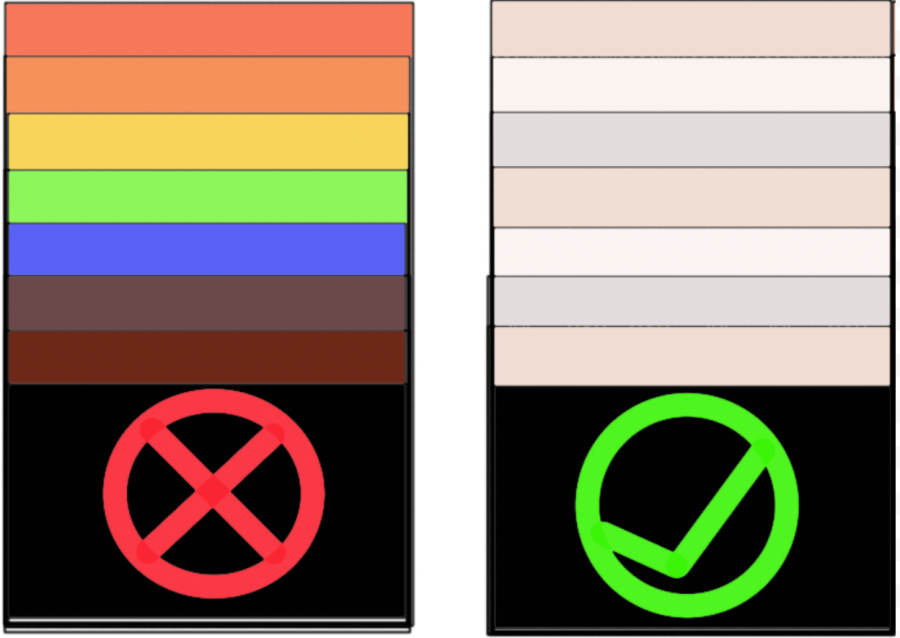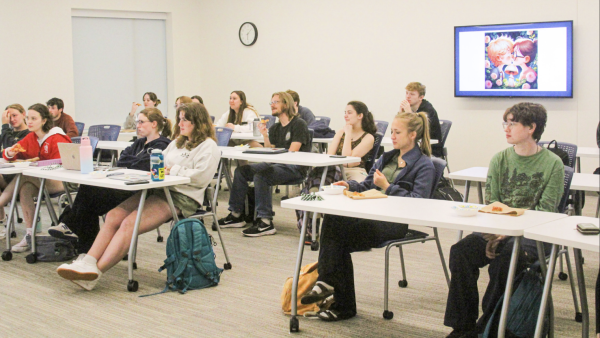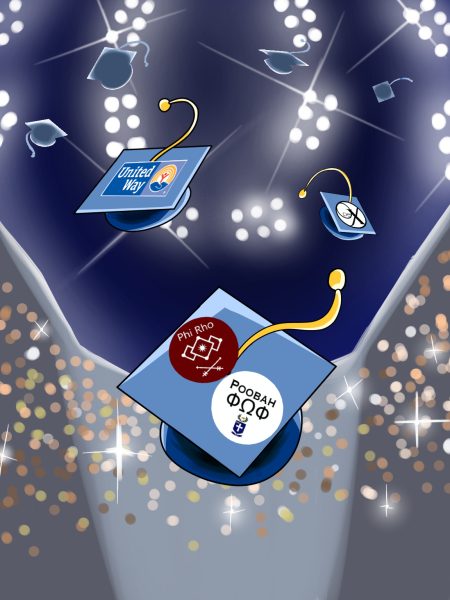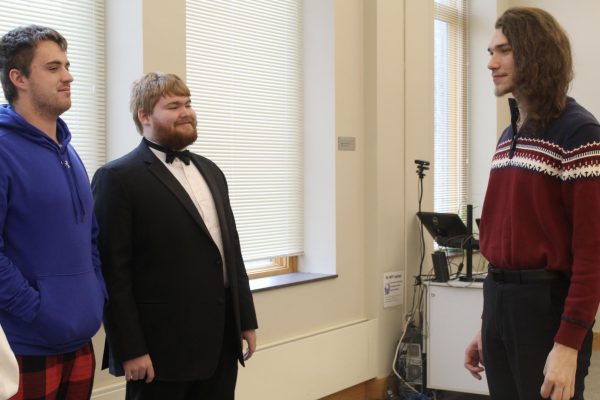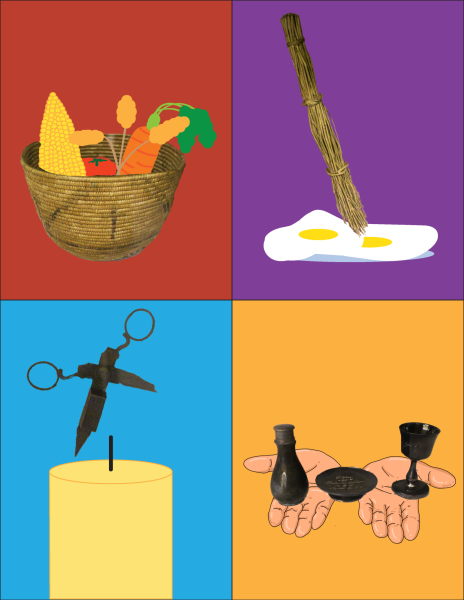Falling into fashion: Autumn trends and our eco impact
October 15, 2021
Fall is finally here, and autumn trends are making their way across students’ clothing choices. Almost near the middle of October, cooler temperatures signal more jackets, hats and layered clothing among our student body.
But many college students cannot afford to keep up with the fast-paced fashion trends that come and go so often. As the weather gets colder, ‘in style’ clothes dictate the trend of the season, which is not always the most affordable option.
However, many students on campus use a fun and affordable resource to keep up with trends: thrift shopping.
Recycled clothing is a great way to create a fashionable wardrobe on a budget, especially as fall trends are slowly reaching their seasonal peak. Junior Gavinya Wijesekera loves to thrift her clothing.
“It feels so much better than going somewhere and just buying it,” Wijesekera said. “I’m so proud of every item I wear. If you ask me where I get my clothes from I will 100 percent tell you and if it was thrifted, I will tell you before you ask me.”
Elisa Wynn, senior, also enjoys thrifting.
“I like to browse ─ I mean, there’s always key elements I look for, such as sweaters or skirts, but I like seeing what I can find.” Wynn also enjoys taking said finds and upcycling the designs into new looks with her sewing ability.
Thrifting clothing is becoming a popular activity younger generations do with their friends. Fashion trends don’t always need to break the bank, which many college students on a budget like to keep in mind, especially when shopping for the latest fall trends this season.
Not only does recycled clothing save money, but it is environmentally friendly.
“Fashion is one of the biggest polluters in the world. It promotes so much oil consumption, and especially in a world where we are in a climate crisis, we really have to be mindful about what we consume,” Wijesekera said.
If clothes were recycled and thrifted more often, the environment could see benefits, especially considering the effects of climate change.
But thrifting isn’t always easy for the average college student.
Wynn finds it difficult to be ethical with fashion. “To a certain degree, I try my best to use the pieces I already own. But also it’s hard, as a college student, to afford to be one hundred percent ethical.” She also touched on problems international students may have.
“It’s really hard for international students who are just coming into a new environment for the first time when they most likely do not know where to go for warm clothing on or around campus,” Wynn said.
Olivia Smith, senior, finds it difficult to balance her impact as a consumer for many reasons. “It’s often hard to find pieces of clothing that you really wish to own as a consumer while having the money needed to have clothing that are one hundred percent ethically sourced.”
Smith feels it’s mainly the industry’s fault despite the difficulties consumers face in a capitalist society and the industry’s adaptation to supply and demand.
Environmental actions (taken by companies/the industry) are performative. “They do the bare minimum and claim that they’re making a big change,” Smith said.
While manufacturers do the majority of the damage, consumers contribute by ordering off sites such as Shein, Romwe or others. Wynn says this isn’t necessarily a bad thing.
“Even if someone buys something off Shein, as long as they wear it long after it’s gone out of fashion, they still are lessening the effect of environmental textile waste,” Wynn said.
For students looking to be sustainable as their wardrobes shift seasonally, Smith suggests a clothing swap with friends when you’re tired of your current wardrobe, or even taking up sewing to make your own looks.
“But first and foremost, prioritize your budget and what you can realistically afford,” Smith said.Buy pieces of clothing you will wear more than once, potentially pick up hobbies to make your own pieces or upcycle old clothes. Work with what you already have and create new looks.
As the weather steadily gets colder, we can bear in mind the greater impacts to create a better eco-conscious environment and perhaps hold ourselves to a higher standard.



